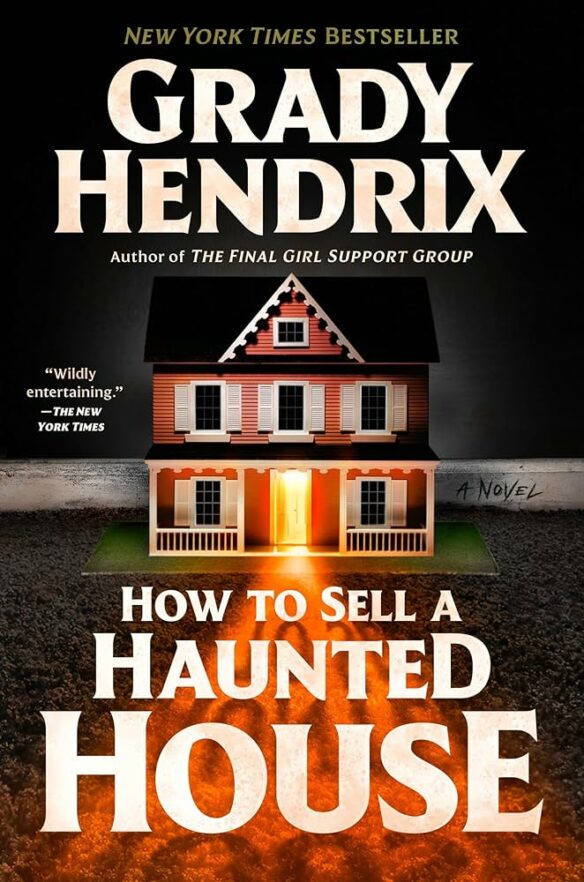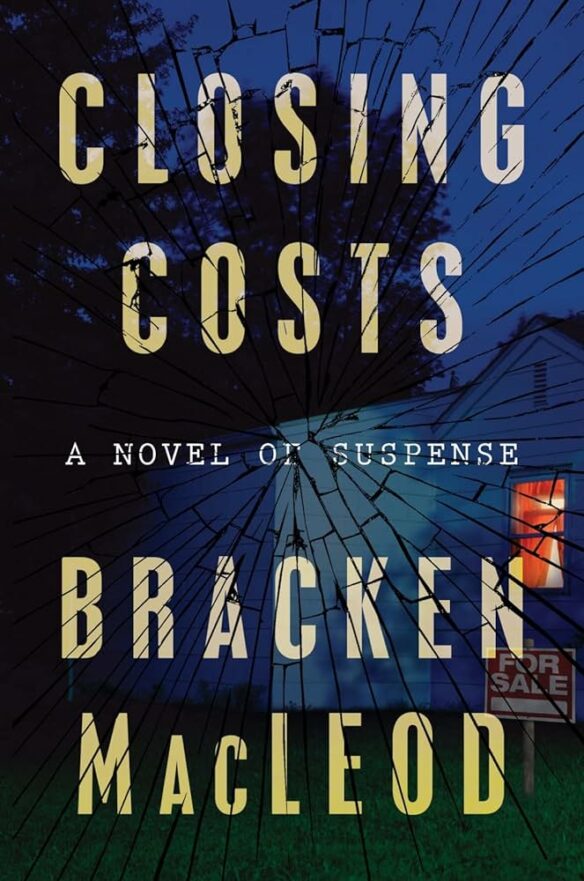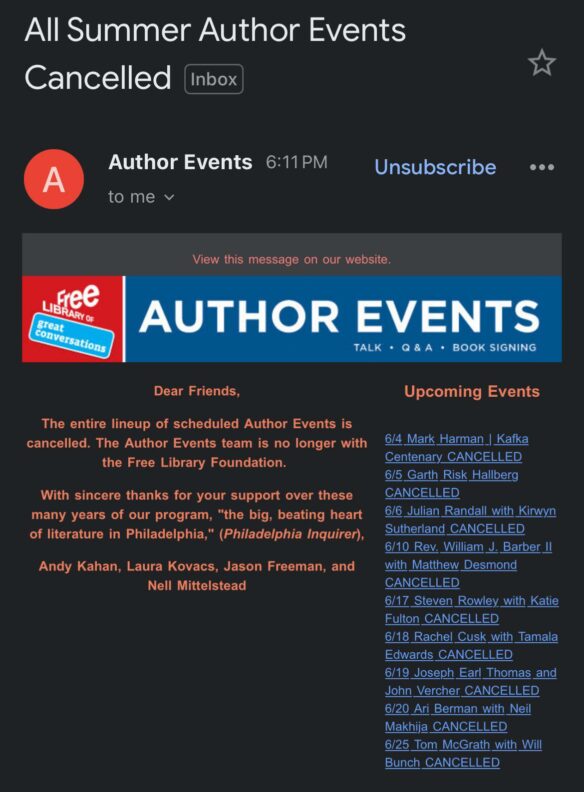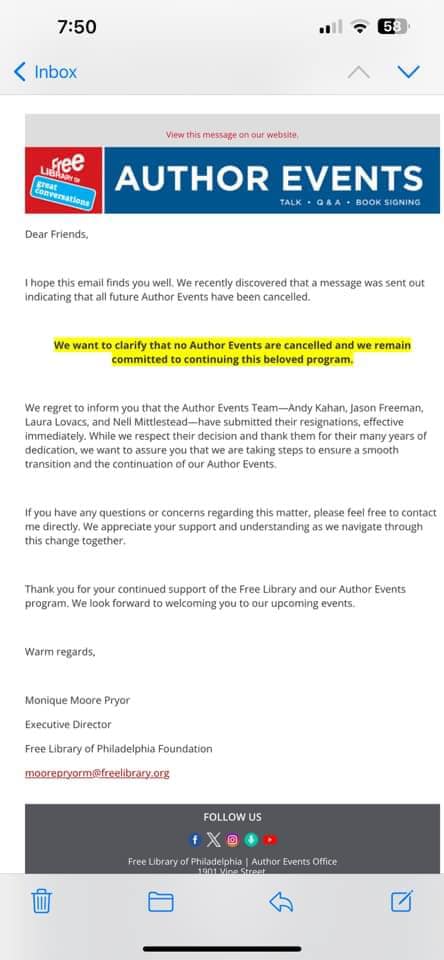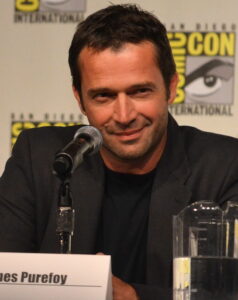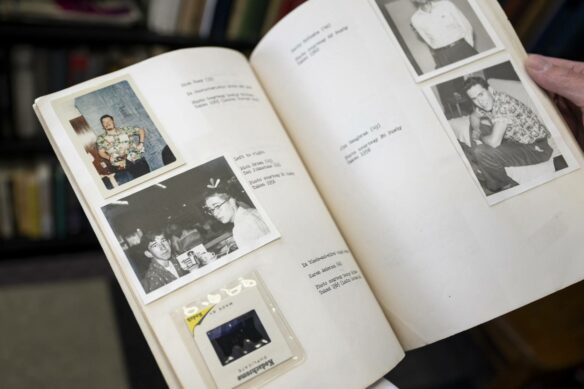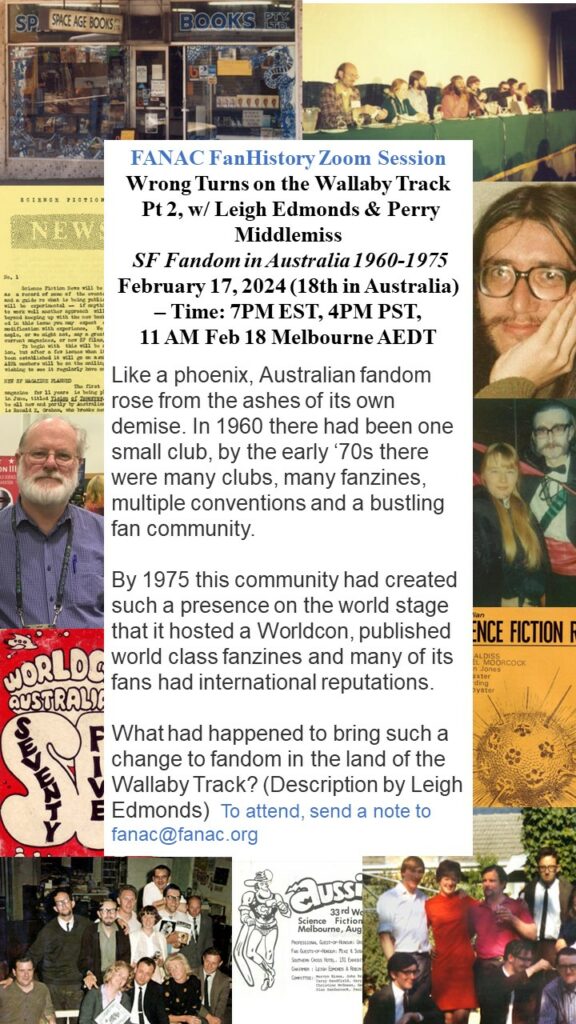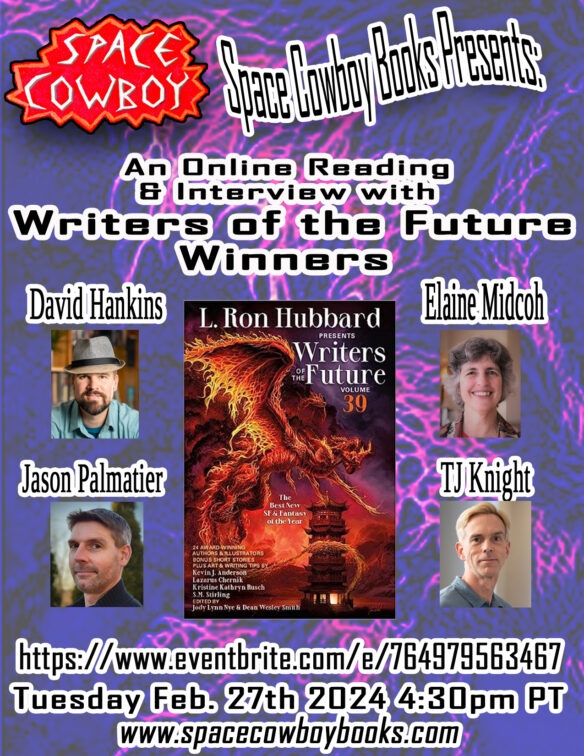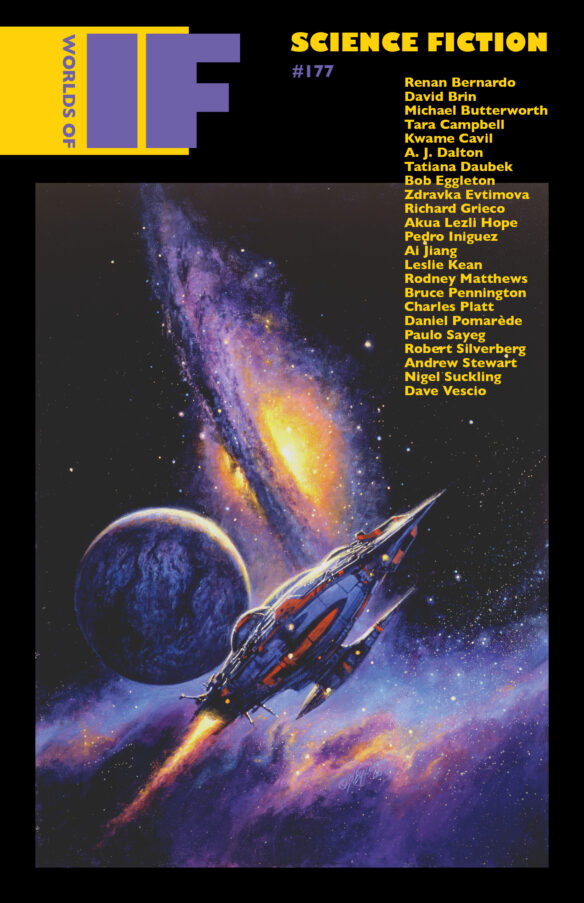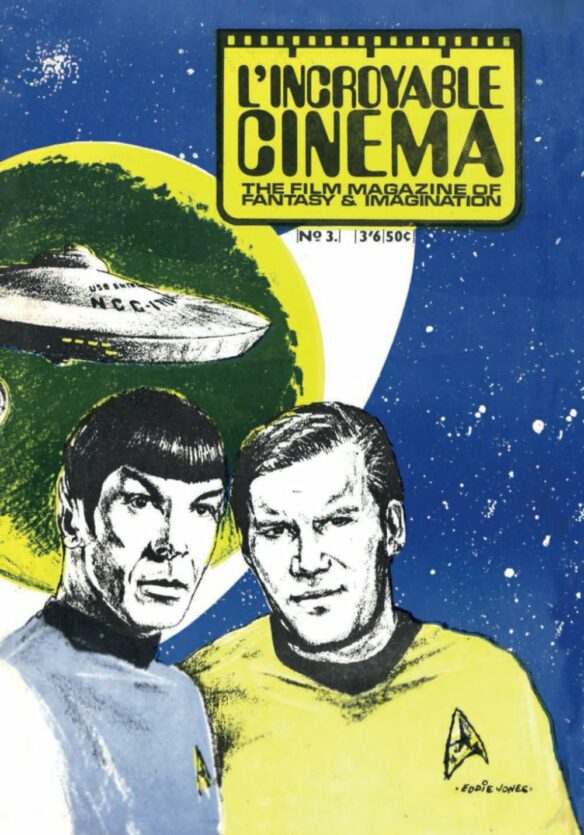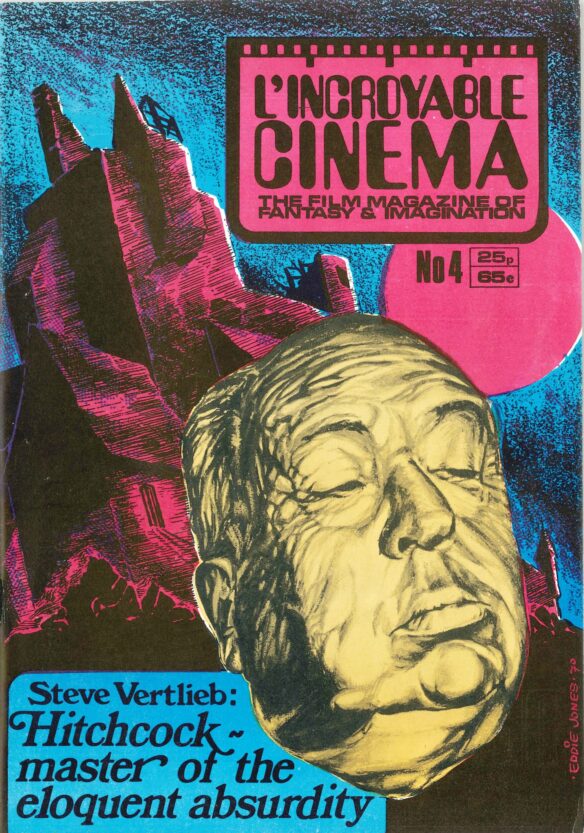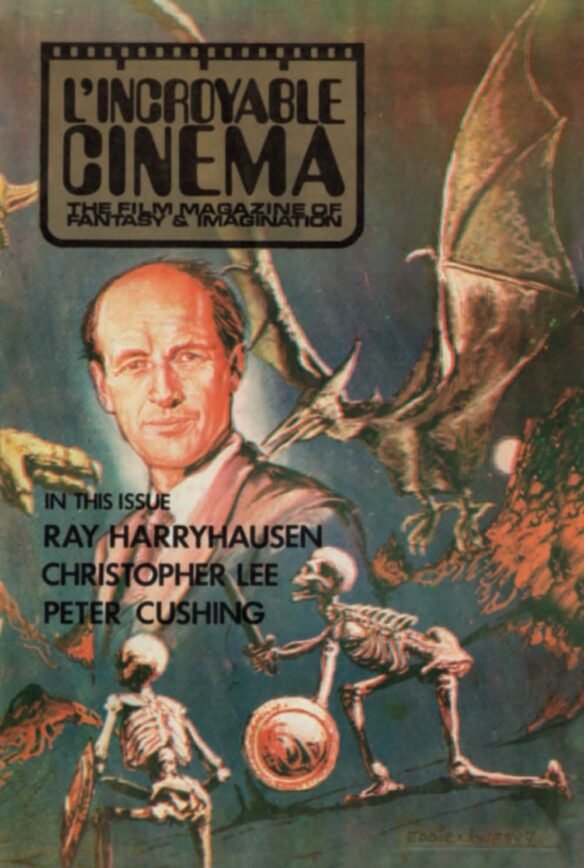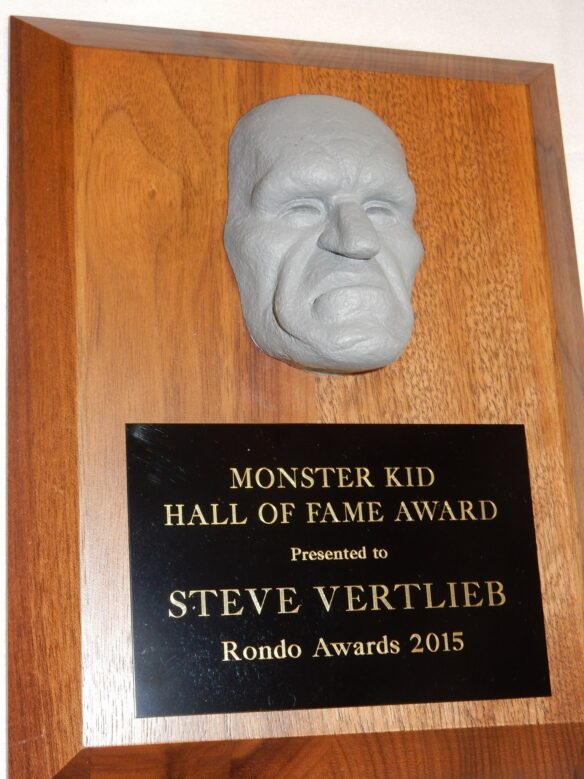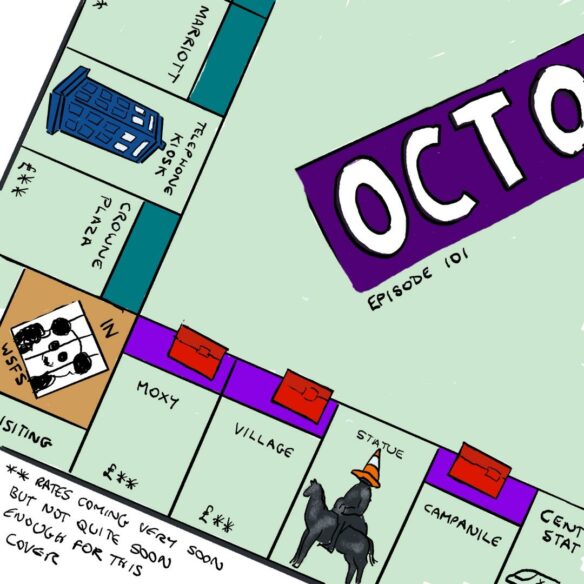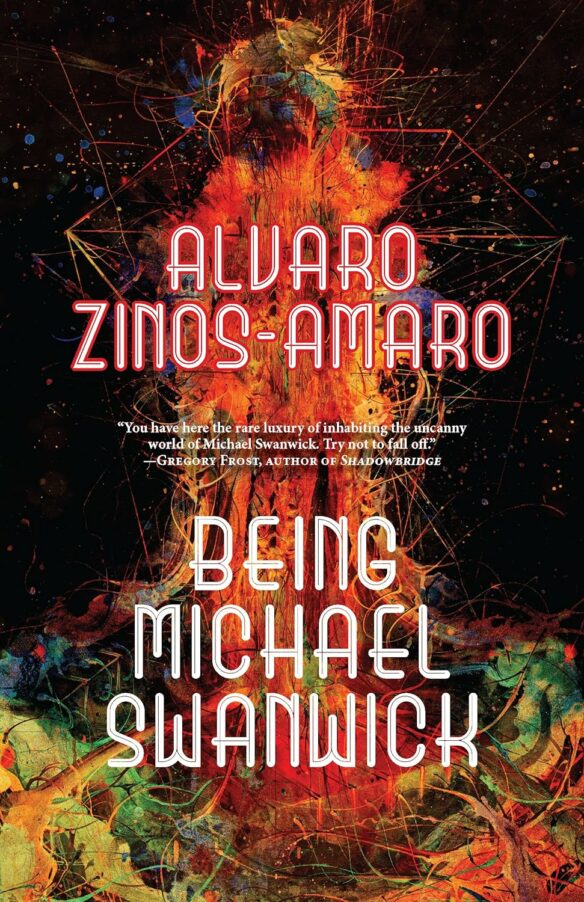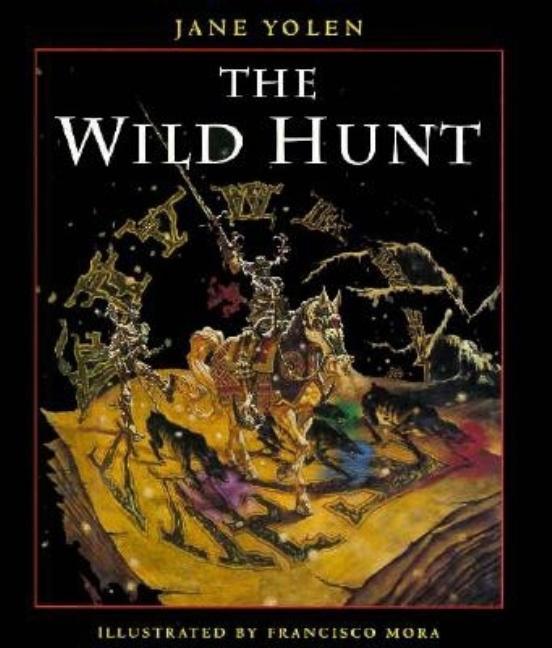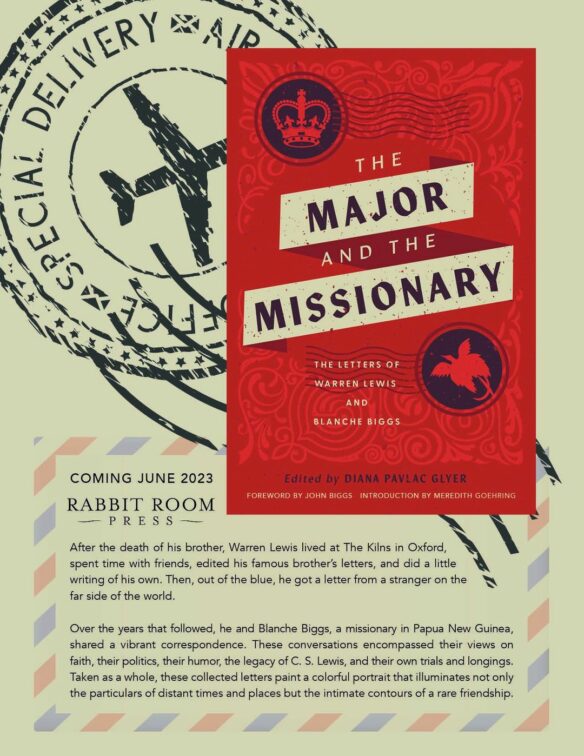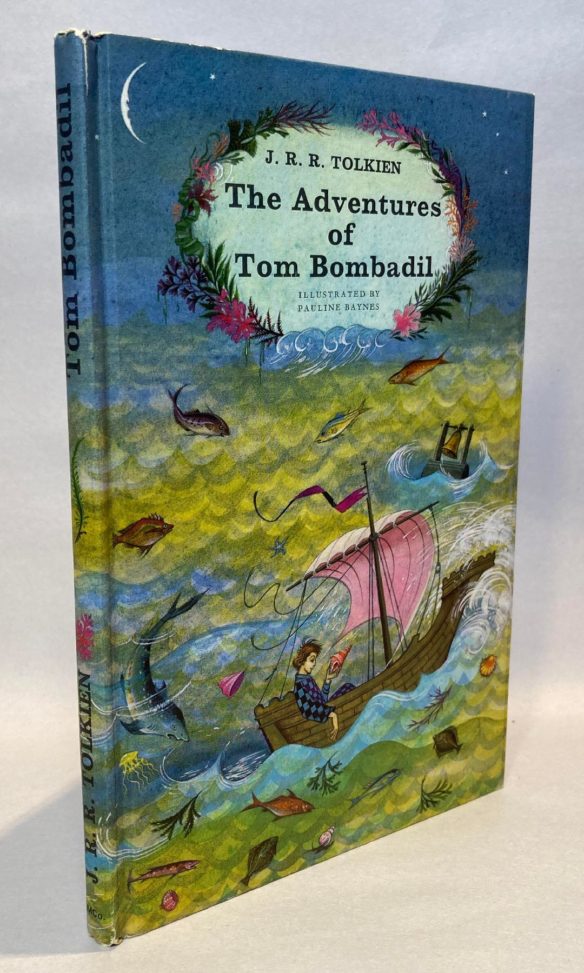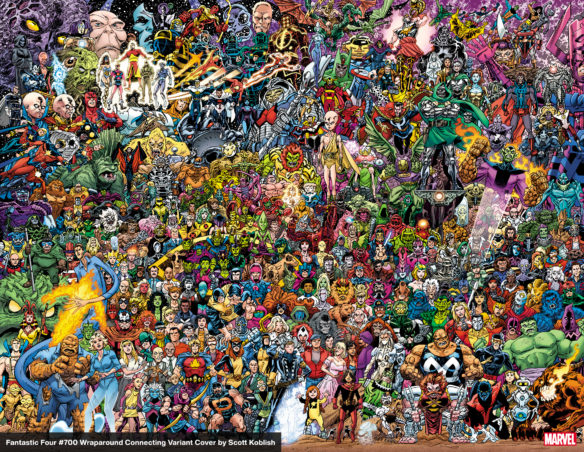(1) LOST BONESTELL LITHOGRAPHS COMING ONLINE FREE. You’ll soon be able to view thirty-two recently discovered industrial illustrations from Chesley Bonestell’s early career. Starting this Thursday, April 3, Michael Swanwick and Marianne Porter will be posting one new illustration every workday on Swanwick’s blog at Flogging Babel.

Most of these images have not been seen for over a century.
Chesley Bonestell was the most significant and influential astronomical illustrator of the 20th century. But before his rise to fame he worked as an architectural illustrator. In 1918, he was commissioned by the Army Corps of Engineers to document the construction of a wartime munitions plant and hydroelectric dam in Muscle Shoals, Alabama. Bonestell created 32 large-scale lithographs, showing the construction of the plant, including meticulous records of both industrial interiors, the dam and railroad being built, and the surrounding countryside. They were all signed in the stone.
The munitions factory was never a particularly successful enterprise; it came on line only a few weeks before World War One ended. But the hydroelectric dam was the first in the Tennessee Valley Authority, the massive project that made possible the economic and industrial development of the American South.
The thirty-two lithographs were stored in the Packwood House Museum in Lewisburg, Pennsylvania, where only two were actually on display to the public. This set of prints are not numbered, and it is not clear if any other prints were made. The Museum was owned and operated by John Featherstone, and his wife, Edith Featherstone, an artist in her own right, and was intended to showcase her work, as well as central Pennsylvania arts and crafts. Eventually the museum was closed and its contents liquidated. The Bonestell lithographs seem to have been included in the collection because John Featherstone was the engineer in charge of the Muscle Shoals construction project.
The lithographs were purchased by Swanwick and Porter in an auction. When all of them have been posted online, a torrent will be created, making the complete collection available at full resolution.
Michael Swanwick is an award-winning science fiction and fantasy writer. His wife, Marianne Porter, is the editor and publisher of Dragonstairs Press. The first image to be posted is attached.
Swanwick explained on his blog today how the lithographs came into the couple’s possession: “Chesley Bonestell’s Lost Lithographs”.
“I don’t know what they are, but I hope you get them.”
That’s what the lady at the auction house said when Marianne Porter told her that all Marianne wanted were the Chesley Bonestell lithographs. There were 32 of them in the lot, and it was clear nobody at Pook & Pook knew what they were….
(2) KENNY GRAVILLIS Q&A. “Movie Poster Designer Kenny Gravillis Aims to Leave You Asking Questions” at PRINT Magazine.
…Is it common within the movie poster design industry to bid against other studios for projects?
Especially on really big films, there will be three to four different agencies. Just to give you an example, on Game of Thrones season two, there were like 11 agencies that worked on that. It’s super competitive. For independent films that don’t have that much money, they might only be able to hire one agency to work on it. But when you start getting into the Dunes of the world, then there are multiple agencies working on it. And they’re working on it until the end, by the way. You don’t even know if you’re gonna get the final post; it’s pretty wild….
…I also think successful movie posters can exist as standalone pieces in their own right, outside of their attachment to a movie. A graphic image or design that you might want on your wall or you find compelling simply because it looks good.
100%. The thing is, every filmmaker cares about their poster. There’s not one filmmaker that’s like, “Whatever…” Because it’s the face of the film. As great as trailers are, they’ll probably be forgotten. Nobody says, “I remember the trailer for Rosemary’s Baby or the trailer for Alien.” They’re like, “Oh, my God, the Alien poster!” …
…The other thing I’d like to say is that it never gets old. The other day, I went to see Captain America, and our poster was in the lobby. Seeing the stuff that I’ve worked on out in the world just never gets old. If it ever does, I think I’ll call it a day.

(3) CAN IT BE? “Trump Tariffs Hit Vox Day” says crusading journalist Camestros Felapton, who has found a way to leverage today’s headlines into a sff blog post. (By which I mean, dang, I wish I’d thought of it!)
…A country that surprised some in getting high tariffs was Switzerland at 31%. That’s higher than the UK (10%), EU (10%) and South Korea (25%). Sure would be a shame if some obnoxious hyper-nationalistic Trump support had invested a lot of money in printing and binding hardback books for Trump supporting fanboys in the US wouldn’t it?…
(4) A FIRST IN THE FIELD. A Deep Look by Dave Hook chronicles “’The Other Worlds’, Phil Stong editor, 1941 Wilfred Funk: The First Speculative Fiction Anthology”.
The Short: As discussed below, I believe The Other Worlds (aka The Other Worlds: 25 Modern Stories of Mystery and Imagination, 1942 editions), Phil Stong editor, 1941 Wilfred Funk, is the first speculative fiction anthology. I am glad I read it, but it’s a mixed bag and I would only recommend it to a big fan of horror, science fiction and fantasy from 1925 to 1940. It includes three essays by Stong in addition to 25 stories. My favorite story was the great “Alas, All Thinking!“, a novelette by Harry Bates (known best for “Farewell to the Master“, a novelette adapted for the movie “The Day The Earth Stood Still“), Astounding Stories, June 1935. I am not really a fan of horror, which influenced how I felt about The Other Worlds. My overall average rating is 3.45/5, or a rather anemic “Good”. It is in print, and available online…
(5) FUTURE TENSE. March 2025’s Future Tense Fiction story is “Coda,” by Arula Ratnakar—a story about computation, genetics, and cryptography.
The response essay, “Computing Consciousness”, is by computer scientist Christopher Moore, whose research actually inspired the story!
(6) TIME TO NOMINATE FOR THE CÓYOTL AWARDS. Members of the Furry Writers’ Guild are eligible to submit 2024 Cóyotl Awards nominations through April 5.
Nominations are open to all members of the Furry Writers’ Guild, though awards may be given to any work of anthropomorphic writing demonstrating excellence regardless of membership. Please see the award rules for what makes an eligible work. For a non-exhaustive list of what’s eligible, see the recommended reading list.
(7) DOUBLE-HEADER. In the first video below Erin Underwood interviews Martha Wells about her Murderbot series, with a couple of questions about the adaptation that is coming to Apple TV in May. The second video is a review of In The Lost Lands, which is an adaptation of GRRM’s short story.
Exclusive Interview with Martha Wells: Inside The Murderbot Diaries
Join me for this exclusive interview with Martha Wells, author of The Murderbot Diaries, as we explore one of science fiction’s most popular series — now being adapted into a new Apple TV series. What makes Murderbot so compelling, and how did Wells create such a nuanced, unforgettable character? Come watch on YouTube to find out!
In the Lost Lands, Movie Review – Worth the Watch?
Paul W.S. Anderson’s In the Lost Lands brings George R.R. Martin’s dark fantasy to life, but does its reliance on digital sets and AI-driven cinematography elevate or undermine the experience? With Milla Jovovich and Dave Bautista leading the charge, this film raises big questions about the future of sci-fi and fantasy filmmaking. Join me on YouTube where I break it down.
(8) ON TARGET. “’Woke’ criticism of Doctor Who proves show on right track, says its newest star” in the Guardian.
Criticisms that Doctor Who has become too “woke” prove the series is doing the right thing by being inclusive, its new star Varada Sethu has said.
Sethu plays the Doctor’s latest travelling companion, Belinda Chandra, in new episodes airing next month. With Ncuti Gatwa returning as the Doctor, the pairing marks the first time a Tardis team will comprise solely people of colour.
Speaking about the milestone, Sethu told the Radio Times: “Ncuti was like, ‘Look at us. We get to be in the Tardis. We’re going to piss off so many people.’…
And the BBC has a long profile with the actor: “Doctor Who: Varada Sethu wants to inspire young South Asian women”
When new Doctor Who companion Varada Sethu first told her family she wanted to be an actress, there wasn’t immediate support.
“They had difficulty coming to terms with it initially,” she tells BBC Asian Network News.
Varada, who will be playing Ncuti Gatwa’s sidekick, Belinda Chandra in the upcoming series, feels going into acting is “sadly still not encouraged in the South Asian community”.
“There’s an element of resistance we face,” the 32-year-old says.
But Varada wants to change all of that, and says inspiring young girls to follow their dreams is one of her big goals.
“I want to be the person that these girls can point out to and say: ‘She made it and she came from a community that looks like mine’.
“So I think I’ve gone about this with the energy of, I can’t fall flat on my face,” she says.
But the actress, who has had roles in Disney+ Star Wars series Andor, 2018 crime drama Hard Sun and Jurassic World Dominion, says change comes with challenges.
A report by the Creative Diversity Network found in 2022/23 the percentage of on-screen contributions by those who identify as South Asian or South Asian British was 4.9%.
That’s compared with the latest census data, analysed by the UK Government, that found around 8% of people from those backgrounds are in the working-age population.
“It’s a constant battle of failure isn’t an option,” says Varada.
“Because, you know, your uncle’s daughter who’s six, who might wanna go into acting when she’s a bit older, won’t be allowed to, if I become the cautionary tale.”…
(9) STRANGE NEW TREK. Gizmodo says “The First Trailer for Star Trek: Strange New Worlds Season 3 Is a Wild Trip”.
The new trailer immediately goes meta, detailing at least more than a few adventures where Strange New Worlds will take the crew of the Enterprise beyond the typical spacebound adventures and into some very meta territory–from murder mystery holoprograms, to a kitschy spin on the original Trek‘s ’60s production aesthetics. And that’s even before you get to Carol Kane’s Commander Pelia hooking up the whole ship to old-timey analogue phones!…
(10) VAL KILMER (1959-2025). Actor Val Kilmer, whose iconic genre roles included Batman Forever and Real Genius, died April 1 at the age of 65. The Hollywood Reporter tribute notes he was most famous for playing Iceman in Top Gun and Doc Holliday in Tombstone. And it also recalled some of his other sff work —
…Marlon Brando’s insane assistant in John Frankenheimer’s The Island of Dr. Moreau (1996);
…He was married to British actress Joanne Whalley from 1988 until their divorce in 1996. They met while working together on Willow and wed months later.
…Kilmer starred as rockabilly teen idol Nick Rivers in the daffy spy spoof Top Secret! (1984) from Jim Abrahams and the Zucker brothers.
…Kilmer also provided the voice of K.I.T.T. in a new version of TV’s Knight Rider in 2008-09
(11) MEMORY LANE(S)
[First piece written by Paul Weimer. Second piece by Cat Eldridge.]
April 2, 1968 — 2001: A Space Odyssey
By Paul Weimer: Did the “Blue Danube Waltz” play through your head just now? Or perhaps “Also Sprach Zarathrustra”? Possibly both? Even though I am not a music guy, both of those music pieces come to mind when I think of 2001. The music is the first thing I think of when I think of 2001: A Space Odyssey.
You know the story. Monolith uplifts Ape with the power of ultraviolence. Humans find the Monolith on the Moon, a ship heads to Jupiter to investigate where the signal went. Hal goes mad and kills most of his crew. David Bowman has an apotheosis.
But 2001 is far more than the music and that plot. It’s visuals, really the first time I saw it, I felt that this could be what space would be like. Slow sedate visuals but one that felt accurate. (The jokes/conspiracy theories that the real moon landing was directed by Kubrick come from the visuals of 2001). Be it the apes scene, the casualness of the lounge in the space station, the investigation of the monolith, daily life on the Discovery, or the very very weird ending. I am still not quite sure I get it. But is it absolutely unforgettable? Yes.
And that’s the fun thing about the movie. It is slow, very slow. But it doesn’t drag. It’s sedately and sedate in places, and then violently and suddenly. The movie seems to just know when to interrupt the quiet stately pace with a sudden action or point of drama. In any event, the movie holds my attention throughout. Every time I’ve started watching it, I’ve kept it on. It is THE space movie for me.
And it became clear to me that when I saw Star Trek The Motion Picture, just how much they tried to borrow from 2001. Maybe too much, for their own good. They learned the need for stately pacing…but not so much when to break it up.

By Cat Eldridge: Fifty-six years ago, 2001: A Space Odyssey had its world premiere on this date at the Uptown Theater in Washington, D.C., it would be nearly a month and three weeks, the fifteenth of May to be precise, before the United Kingdom would see this film.
It was directed as you know by Stanley Kubrick from a screenplay by him and Arthur C. Clarke who wrote the novel.
It spawned a sequel about which the less said the better. (My opinion, the critics sort of like it. Huh.)
It would win a Hugo at St. Louiscon over what I will term an extraordinarily offbeat field of nominees that year — Yellow Submarine, Charly, Rosemary’s Baby and the penultimate episode of The Prisoner, “Fallout”.
It did amazingly well box office wise, returning one hundred fifty million against just ten million in production costs.
So, what did the critics think of it then? Some liked, some threw up their guts. Some thought that audience members that liked it were smoking something to keep themselves high. (That was in several reviews.) Ebert liked it a lot and said that it “succeeds magnificently on a cosmic scale.” Others were less kind with Pauline Kael who I admit is not one of my favorite critics saying that it was “a monumentally unimaginative movie.” Humph.
I was too young to see when I came out, but an arts cinema showed a few decades later which I saw it there, so I did see it on a reasonably large screen. It is extraordinarily amazing film. I don’t think the Suck Fairy would any problems with it even today
Audience reviewers at Rotten Tomatoes currently give it a most not unsurprising rating of ninety two percent.
(12) TODAY’S BIRTHDAY.
[Written by Paul Weimer.]
April 2, 1948 — Joan D. Vinge, 77.
By Paul Weimer: It is fitting that The Snow Queen has her birthday just as we are getting out of winter and into Spring, and the treacherous Winters of the planet Tiamat are reluctantly getting ready to hand over the control of the planet to the Summers for a time. The original Snow Queen novel and its sequels is where I began reading Vinge’s work. I picked it up for the same reason I picked up many books in the mid to late 90’s–it had been on an award ballot and I was filling in the gaps of my reading. (It won for Best Novel at the Hugos in 1981, and was a finalist for the Nebula the same year). I found the worldbuilding of the novel most satisfying, and the titular Snow Queen and her grand plot to try and control the planet for its entire cycle by means of her clone I found to be a crackerjack story.
Only after reading the story did I realize how much the story was influenced by both the Hans Christian Andersen fairy tale, and by Robert Graves (The White Goddess). A re-read when I decided to read the entire series showed me that as much as I thought it has been rich and interesting, on a re-read the book was *even better*. The Snow Queen is one of those novels that the more you know, the even cleverer and more intricately woven it appears to be.
My favorite of that entire series is the standalone Tangled Up in Blue, which is really a noir mystery novel that just so happens to take place on the mean streets of Carbuncle. It’s a genre mashup that works even better than I hoped, and it works really standalone, too. You don’t need to read The Snow Queen to dive into Tangled Up in Blue.
Besides the stories set on Tiamat, Vinge has written plenty of other stuff as well. Catspaw is a favorite of mine, although it is a case where I accidentally started with the second book in the series not even knowing there was a first book (Psion). Vinge feels, like Julian May, like one of the last SF authors to really use and deploy telepathy in a major mainstream SF novel straight up.
Finally, Vinge has also written a number of movie tie-in novelizations, including one (Cowboys and Aliens) that actually redeems that (IMO) very flawed movie.

(13) COMICS SECTION.
- Cul de Sac is going to camp.
- Dinosaur Comics discusses cryonics.
- Loose Parts needs a lighter touch.
- Myth Tickle flips a classic Peanuts strip.
- Nancy hides a problem.
(14) DC COMICS HISTORY. BBC’s Witness History remembers “The wonder woman of DC Comics”.
In 1976, Jenette Kahn began one of the biggest roles in comic books – publisher of DC Comics, home to Superman, Batman and Wonder Woman. She was only 28 and the first female boss.

(15) WRITING WHILE DISABLED. In the second audio episode of Writing While Disabled at Strange Horizons, hosts Kristy Anne Cox and Kate Johnston “welcome Farah Mendlesohn, acclaimed SFF scholar and conrunner, to talk all things hearing, dyslexia, and more ADHD adjustments, as well as what fandom could and should be doing better for accessibility at conventions, for both volunteers and attendees.”
There’s a transcript at the link, where you can also watch the full interview on video with close-caption subtitles.

(16) VIDEOS OF THE DAY. “Oh Jeez, Rick and Morty Will Return in May” reports Gizmodo.
April Fools’ Day is upon us, but this is no joke: Rick and Morty season eight hits Adult Swim May 25, with a first look to prove it. The news came as part of Adult Swim’s annual April 1 celebration, and also included a 22-minute special of favorite Rick and Morty moments re-interpreted in appropriately and unexpectedly freaky ways. Adult Swim described it as pulling from “absurd, live-action, theater-based genres,” and frankly you just need to watch it to believe it.
[Thanks to John King Tarpinian, Chris Barkley, Cat Eldridge, Paul Weimer, Erin Underwood, Michael Swanwick, SF Concatenation’s Jonathan Cowie, Mark Roth-Whitworth, Steven French, Kathy Sullivan, Teddy Harvia, Mike Kennedy, and Andrew Porter for some of these stories. Title credit belongs to File 770 contributing editor of the day Mark Roth-Whitworth.]




